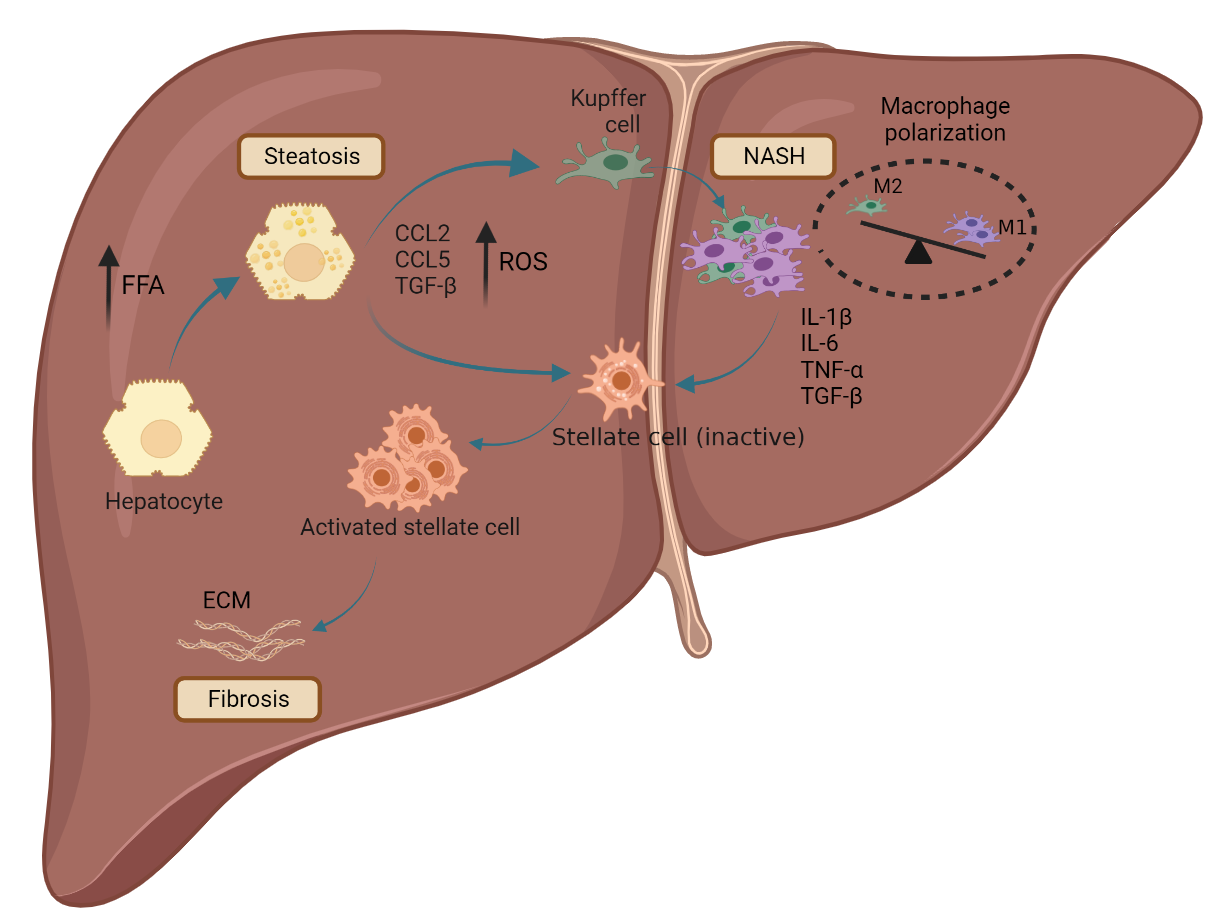Bioengineering liver microtissues for modeling non-alcoholic fatty liver disease
DOI:
https://doi.org/10.17179/excli2023-5892Keywords:
non-alcoholic fatty liver disease, in vitro modeling, bioengineering, liver microtissue, liver organoid, organ-on-a-chipAbstract
Non-alcoholic fatty liver disease (NAFLD) has become the world’s most common chronic liver disease. However, due to the lack of reliable in vitro NAFLD models, drug development studies have faced many limitations, and there is no food and drug administration-approved medicine for NAFLD treatment. A functional biomimetic in vitro human liver model requires an optimized natural microenvironment using appropriate cellular composition, to provide constructive cell-cell interactions, and niche-specific bio-molecules to supply crucial cues as cell-matrix interplay. Such a suitable liver model could employ appropriate and desired biochemical, mechanical, and physical properties similar to native tissue. Moreover, bioengineered three-dimensional tissues, specially microtissues and organoids, and more recently using infusion-based cultivation systems such as microfluidics can mimic natural tissue conditions and facilitate the exchange of nutrients and soluble factors to improve physiological function in the in vitro generated constructs. This review highlights the key players involved in NAFLD initiation and progression and discussed the available cells and matrices for in vitro NAFLD modeling. The strategies for optimizing the liver microenvironment to generate a powerful and biomimetic in vitro NAFLD model were described as well. Finally, the current challenges and future perospective for promotion in this subject were discussed.

Downloads
Published
How to Cite
License
Copyright (c) 2023 Negar Aasadollahei, Niloufar Rezaei, Reihaneh Golroo, Tarun Agarwal, Massoud Vosough, Abbas Piryaei

This work is licensed under a Creative Commons Attribution 4.0 International License.
Authors who publish in this journal agree to the following terms:
- The authors keep the copyright and grant the journal the right of first publication under the terms of the Creative Commons Attribution license, CC BY 4.0. This licencse permits unrestricted use, distribution and reproduction in any medium, provided that the original work is properly cited.
- The use of general descriptive names, trade names, trademarks, and so forth in this publication, even if not specifically identified, does not imply that these names are not protected by the relevant laws and regulations.
- Because the advice and information in this journal are believed to be true and accurate at the time of publication, neither the authors, the editors, nor the publisher accept any legal responsibility for any errors or omissions presented in the publication. The publisher makes no guarantee, express or implied, with respect to the material contained herein.
- The authors can enter into additional contracts for the non-exclusive distribution of the journal's published version by citing the initial publication in this journal (e.g. publishing in an institutional repository or in a book).





